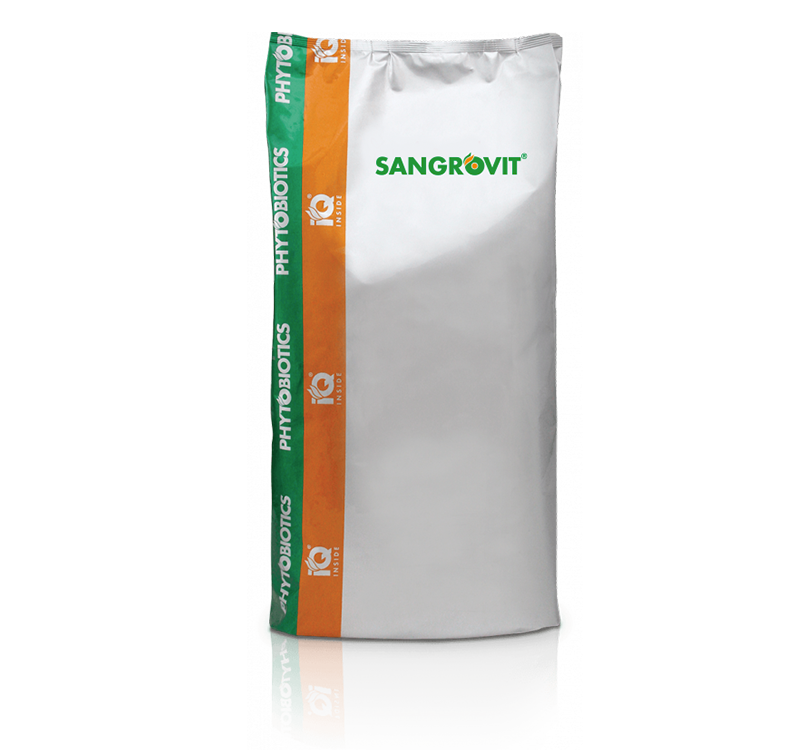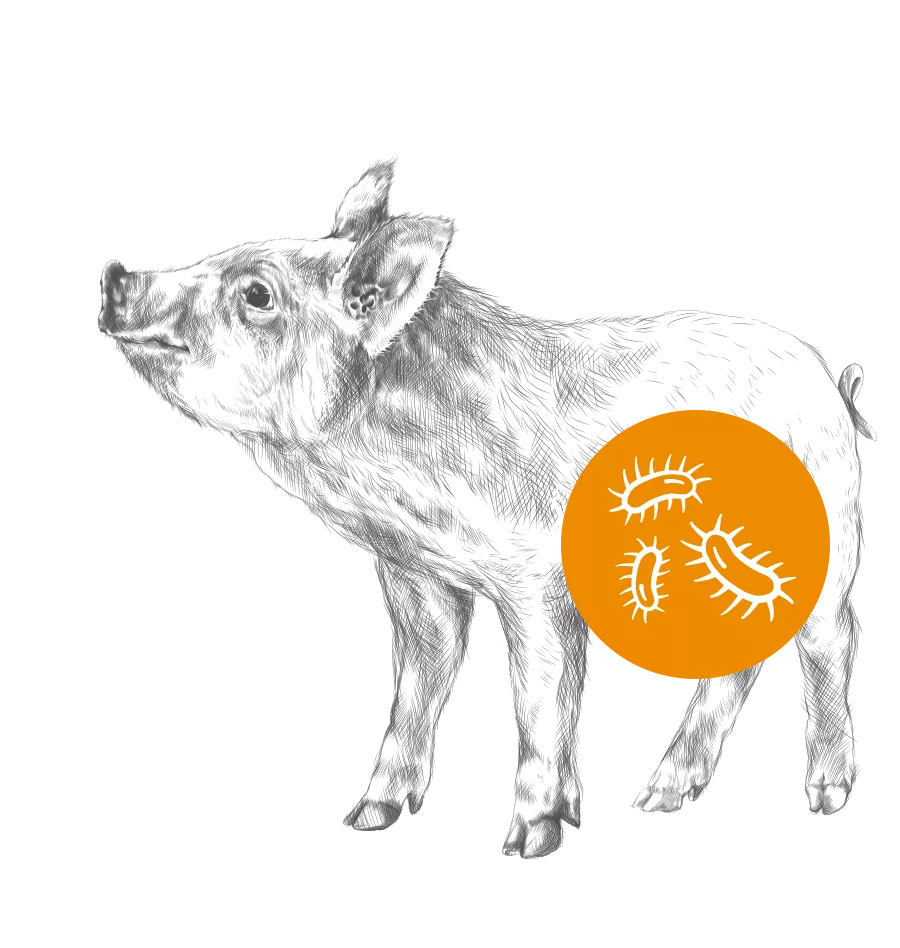Understanding and combating dysentery
Dysentery – causes and consequences
Swine dysentery, caused by Brachyspira hyodysenteriae, is one of the most serious infectious diseases of the gastrointestinal tract, affecting the pigs throughout the post-weaning period and the fattening phases. Dysentery occurs worldwide in swine holdings of all sizes and causes high economic losses in affected farms.
B. hyodysenteriae is a gram-negative, anaerobic spirochete which colonizes the large intestine. It is mainly transmitted through the feces of clinically sick animals and carrier animals. The infection with B. hyodysenteriae often remains latent, breaking out in periods of increased stress. Outbreaks are characterized by an epidemic spread, with a morbidity of 90% and a mortality of about 30-50%. The symptoms are similar to acute salmonellosis, Lawsonia intracellularis or parasites, i.e. severe haemorrhagic diarrhea. Serological methods like PCR or cell cultures are therefore necessary for a differential diagnosis.
Can Brachyspira be tackled?
B. hyodysenteriae can survive for 90-120 days in latently infected pigs and for up to 8 months in the slurry, so that acute dysentery can occur periodically in infected holdings. A complete eradication of the bacterium is only possible if all animals are removed from the barn and slaughtered. The slurry pit then needs to be emptied and disinfected with a compound which is effective against B. hyodysenteriae. If a complete eradication is not possible, e.g. in breeding herds, animals which show clinical symptoms need to be removed from the herd. Antibiotic treatment of the remaining animals is possible, however, to avoid antibiotic resistance, the concrete Brachyspira strain needs to be tested for resistance. High hygienic and management standards and pest control are vital to combat dysentery.
Additionally, the animals can be supported by preventing inflammatory processes in the digestive tract through functional feed additives. This can help to prevent the occurrence of dysentery and allow pig holders to reduce or remove feed antibiotics as well as reducing veterinary costs.

About the author
Andrey Shakin holds a degree in Agricultural Production and Processing Technologist. He has 17 years experience as swine and nutrition specialist in different companies. Andrey is responsible for technical support in swine at Phytobiotics Russia LLC.
Phytobiotics Sangrovit® –
the natural way towards strong pigs
A stable feed intake is key to maintain animal welfare and to ensure that pigs can meet their full genetic potential, even when facing challenging periods. Specific botanical compounds of the Sangrovit® product line help to support sows, piglets and growers throughout the production cycle.


